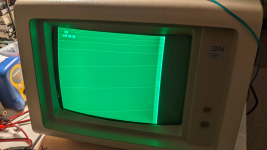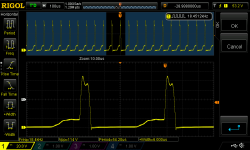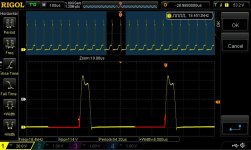Hello, I have a 5151 here with no picture, no raster. Was working just fine before, but now nothing. I’m following the SAMS troubleshooting guide, and I do have it connected to a known working 5160 video signal while testing.
Initially the fuse was blown, so I replaced that and the rectifier diodes D601-D604 for good measure even though they seemed ok.
I’m working through the power supply, and it all checks out until I get to the output of TR24 (see picture below) which should be 14.9V, but is more like 5V. Also the voltages coming from the T502 flyback transformer aren’t being developed. Heater is not glowing.
I’ve already replaced TR24, IC601 and a couple of capacitors on the board. Overall it's in good shape and I’ve visually inspected and sanity checked the components I can. My gut feeling is there is something hung up downstream of TR24 but I can’t find any obvious shorted or open components. Could use some help on this.
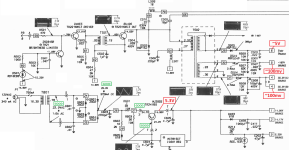
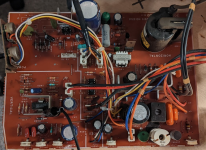
Initially the fuse was blown, so I replaced that and the rectifier diodes D601-D604 for good measure even though they seemed ok.
I’m working through the power supply, and it all checks out until I get to the output of TR24 (see picture below) which should be 14.9V, but is more like 5V. Also the voltages coming from the T502 flyback transformer aren’t being developed. Heater is not glowing.
I’ve already replaced TR24, IC601 and a couple of capacitors on the board. Overall it's in good shape and I’ve visually inspected and sanity checked the components I can. My gut feeling is there is something hung up downstream of TR24 but I can’t find any obvious shorted or open components. Could use some help on this.




